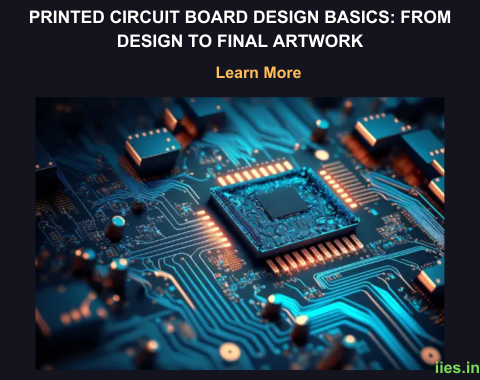The journey begins with the design phase, where the blueprint of the electronic device comes to life. PCB design involves arranging electronic components and creating interconnections using a design software. This phase requires a deep understanding of circuitry, electrical engineering principles, and the intended functionality of the device. Designers use specialized software tools like Altium, Eagle, or KiCad to create a virtual representation of the PCB layout. During the design phase, considerations such as component placement, signal routing, and power distribution are crucial. The efficiency and reliability of the final PCB depend on the effectiveness of these choices. Designers must also account for factors like signal integrity, thermal management, and manufacturability to ensure the end product meets its performance requirements.

